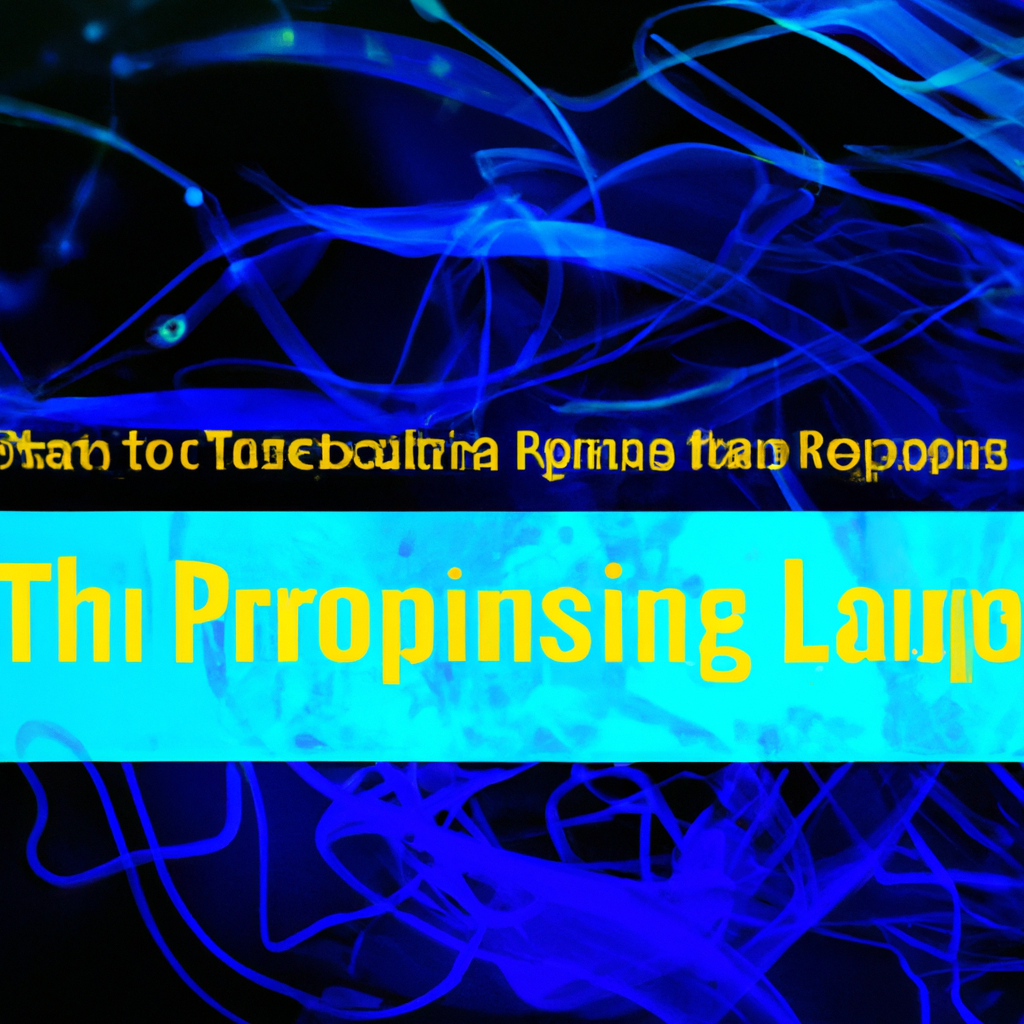Exploring the Potential of Natural Language Processing in Machine Translation
Table of Contents
Exploring the Potential of Natural Language Processing in Machine Translation
# Introduction
In recent years, there has been a significant advancement in the field of Natural Language Processing (NLP), particularly in the domain of machine translation. Machine translation refers to the automated process of translating text from one language to another. With the increasing globalization and need for seamless communication across language barriers, the potential of NLP in machine translation has garnered significant attention. This article aims to explore the potential of NLP techniques in machine translation, highlighting both the new trends and the classics of computation and algorithms that contribute to this domain.
# Understanding Natural Language Processing
Natural Language Processing (NLP) is a subfield of artificial intelligence that focuses on the interaction between computers and human language. It involves the development of algorithms and computational models that enable computers to understand, interpret, and generate natural language. NLP encompasses a wide range of tasks, including but not limited to machine translation, sentiment analysis, speech recognition, and text summarization.
# Machine Translation: Challenges and Approaches
Machine translation poses several challenges due to the inherent complexity and nuances of human language. One of the fundamental challenges is the ambiguity of words and phrases, which often have multiple meanings depending on the context. Another challenge is the syntactic and grammatical differences between languages, making it difficult to map the structures accurately.
Early approaches to machine translation relied on rule-based systems, where linguists manually created a set of linguistic rules and translation dictionaries. While these systems were able to achieve some level of translation accuracy, they were limited by the need for extensive manual intervention and the inability to handle the vast complexities of natural language.
# New Trends in NLP for Machine Translation
- Neural Machine Translation (NMT)
Neural Machine Translation (NMT) is a recent development in the field of machine translation that leverages deep learning techniques. It involves training a neural network model on a large corpus of parallel sentences, enabling the model to learn the statistical patterns and dependencies between languages. NMT has shown significant improvements over traditional rule-based and statistical machine translation approaches, achieving more fluent and accurate translations.
- Attention Mechanism
Attention mechanisms have gained popularity in NLP tasks, including machine translation. This mechanism allows the model to focus on different parts of the source sentence during the translation process, effectively capturing the relevant information. By attending to relevant words or phrases, attention-based models can generate more contextually accurate translations.
- Transfer Learning and Pre-trained Language Models
Transfer learning and pre-trained language models have revolutionized various NLP tasks, including machine translation. Models such as BERT (Bidirectional Encoder Representations from Transformers) and GPT (Generative Pre-trained Transformer) have been pre-trained on vast amounts of text data, enabling them to capture rich contextual information. Fine-tuning these models on specific translation tasks can lead to improved translation quality.
# The Classics of Computation and Algorithms in Machine Translation
While the aforementioned trends represent recent advancements, it is crucial to acknowledge the classics of computation and algorithms that have laid the foundation for machine translation.
- Statistical Machine Translation (SMT)
Statistical Machine Translation (SMT) relies on the analysis of bilingual text corpora to generate translations. It involves the use of statistical models, such as n-gram language models and phrase-based models, to estimate the probability of generating a target sentence given a source sentence. SMT has been one of the most widely used approaches in machine translation, providing a solid baseline for subsequent developments.
- Phrase-based Models
Phrase-based models are a classic approach in machine translation that breaks down the translation process into smaller units, known as phrases. These models use statistical techniques to select the most appropriate translation for each phrase and combine them to form the final translated sentence. While phrase-based models have limitations in capturing long-range dependencies, they have been instrumental in advancing machine translation.
- Decoding Algorithms
Decoding algorithms play a crucial role in machine translation by determining the best translation given a source sentence. Classic decoding algorithms, such as beam search and greedy search, aim to find the translation with the highest probability. These algorithms have been augmented with various techniques to improve translation quality, including re-ranking, pruning, and incorporating linguistic knowledge.
# Conclusion
Natural Language Processing has made significant progress in the domain of machine translation. The combination of new trends, such as Neural Machine Translation, Attention Mechanism, and Transfer Learning, with the classics of computation and algorithms, including Statistical Machine Translation, Phrase-based Models, and Decoding Algorithms, has resulted in improved translation quality. As research in NLP continues to advance, the potential for further enhancements in machine translation is vast. By exploring and leveraging the potential of NLP techniques, we can bridge the language barriers and facilitate effective communication on a global scale.
# Conclusion
That its folks! Thank you for following up until here, and if you have any question or just want to chat, send me a message on GitHub of this project or an email. Am I doing it right?
https://github.com/lbenicio.github.io

